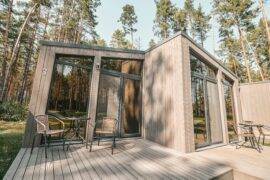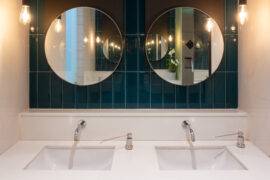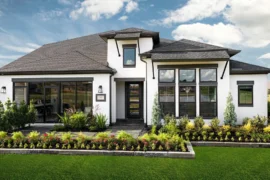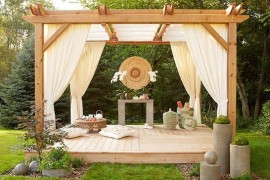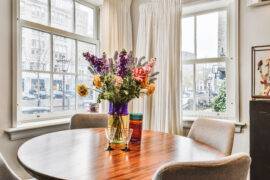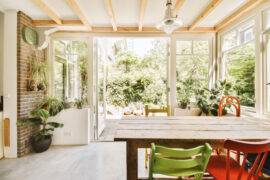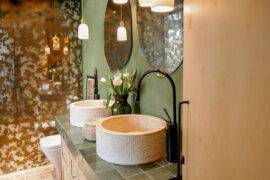If you’re looking for a surefire way to spice up the look of your kitchen while also increasing the value of your home, then you may want to consider replacing your kitchen countertops. As one of the most-used areas of any home, your kitchen sees a great deal of traffic. Unfortunately, your kitchen also sees a great deal of wear and tear.
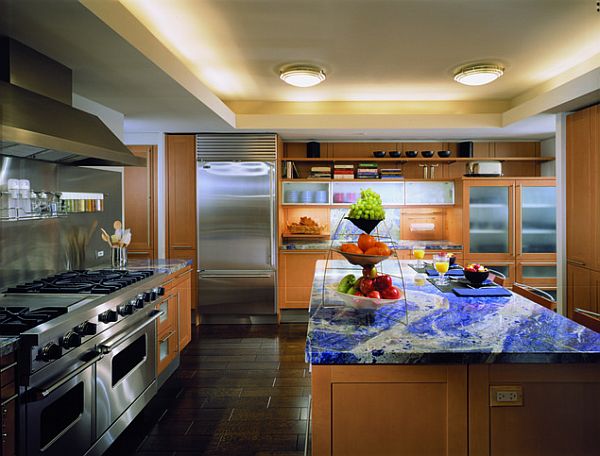
No kitchen is complete without countertops. Deciding which kitchen countertops are most acceptable for your needs involves considering price, durability, maintenance, and more.
It’s also worth rethinking preconceived ideas about the best kitchen counter materials: Some materials, like granite, have become more affordable in recent years. Newer options, such as poured concrete and engineered stone, also present good options. Even laminate has improved looks from what you might remember.
If you’re ready to replace your old, scratched-up countertops with something much more durable and long-lasting, then consider the following choices.
Granite
From home improvement programs to most people’s descriptions of their dream homes, you hear much about granite as the primary countertop choice. In addition to the fact that it is one of the most complex substances known to man, holds up well to heat, and is available in hundreds of colors, granite is one of the few countertop choices that will last a lifetime. The downside is that it requires some maintenance, such as sealing, to avoid set-in stains.
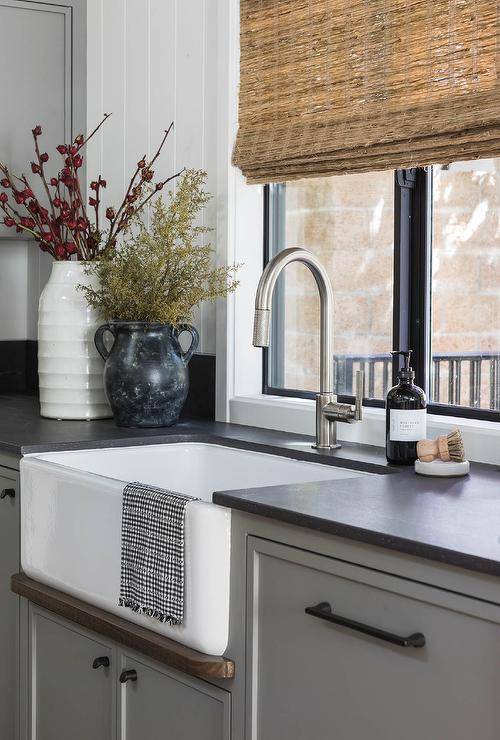
It’s not hard to see why polished granite is the most favored countertop choice among homeowners. Extremely durable, granite is a long-lasting countertop pick. Thanks to technological advances in the fabrication process and an increased supply of natural stone, the prices may be more budget-friendly than you presume.
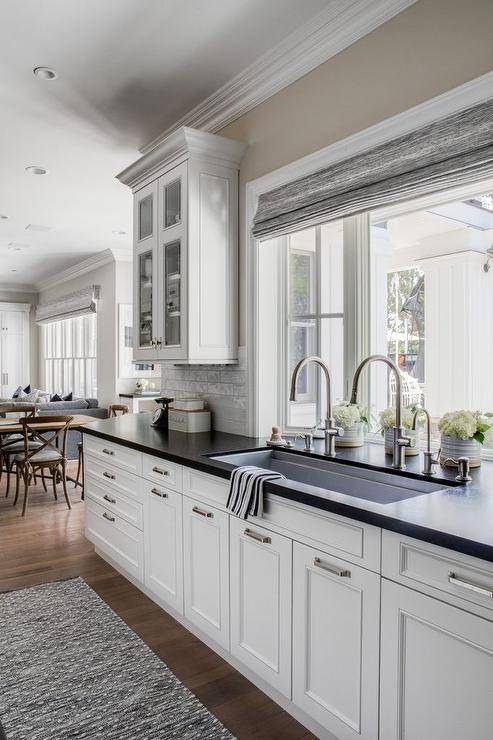
Although most stones are in the tan color family, there are both lighter and darker alternatives. There are several grade categories for granite, which correlate to the cost of the stone: entry-level (or “builder’s grade”), mid-grade and high-grade. Higher grades are characterized by more unique patterns and more thickness.
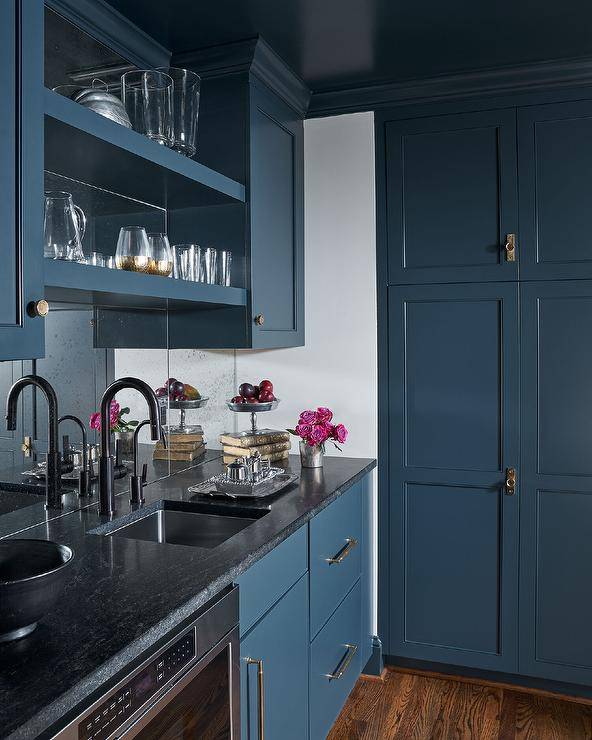
Pros
- Low-maintenance
- Wide range of prices from mid-range to luxury
- Durable and long-lasting
- Water- and heat-resistant
Cons
- Requires professional installation
- Cracking is possible if not properly installed or sealed
- May have seams
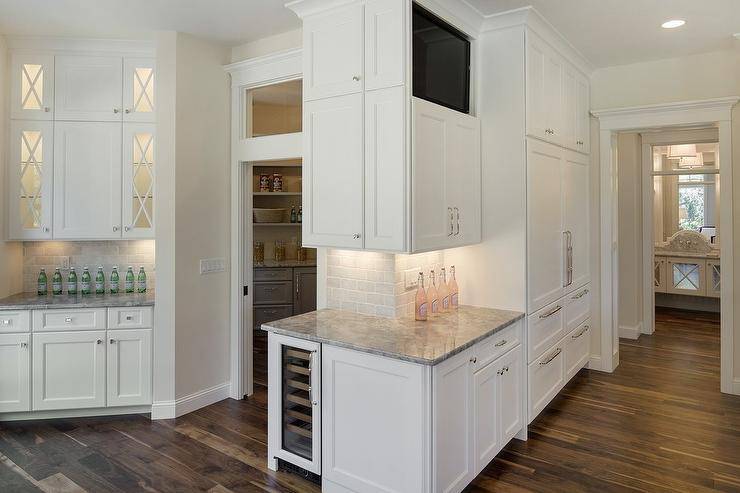
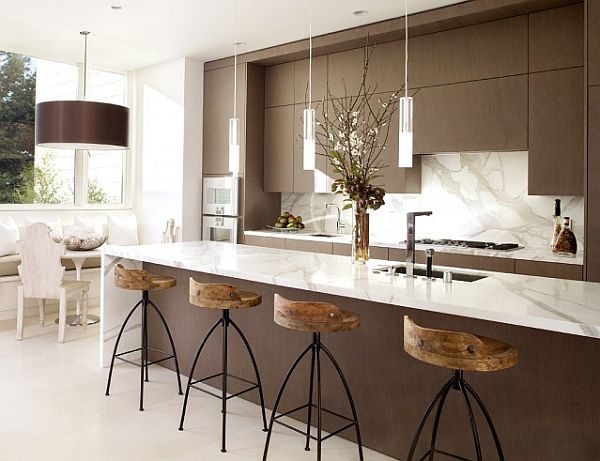
by John Maniscalco Architecture
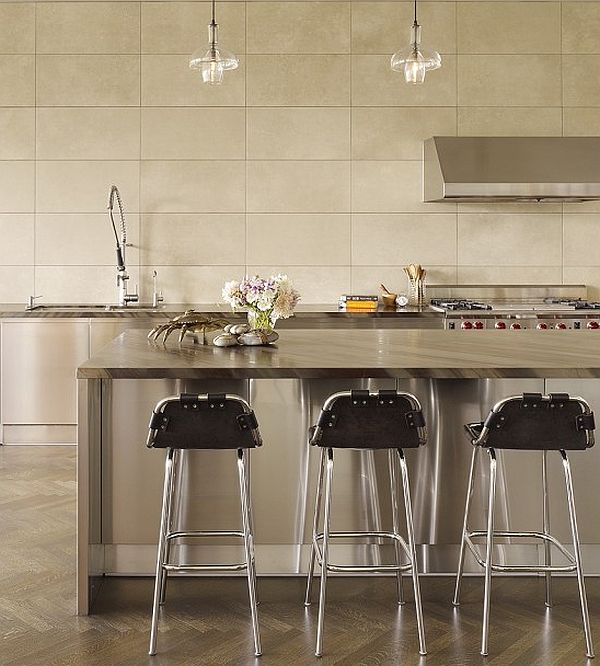
Butcher Block
Wood countertops can be relatively inexpensive when compared to other options, and butcher block counters are often preferred by professional chefs and people who spend a great deal of time in the kitchen because it is extremely easy to clean. However, butcher block can also be scratched easily and damaged by water. Luckily, the counters can be sanded and resealed over time.
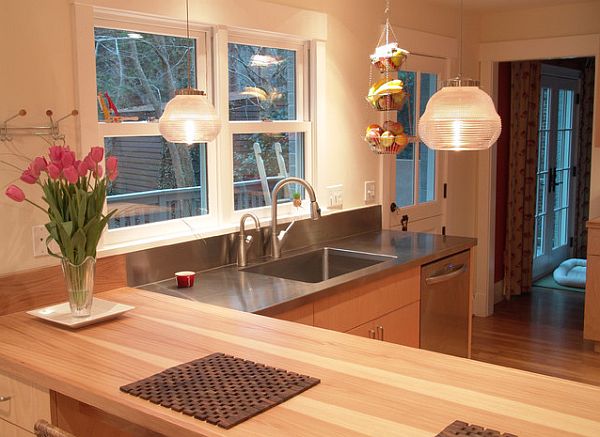
This classic countertop material is making a comeback in a big way. Available in various woods and finishes, butcher block counters lend warmth to kitchen design. Butcher block counters are also highly practical: If unsealed and unoiled, these counters are essentially built-in cutting boards.
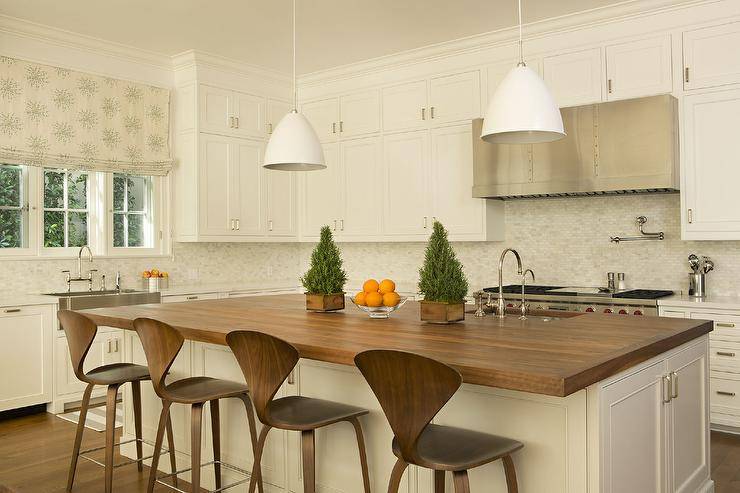
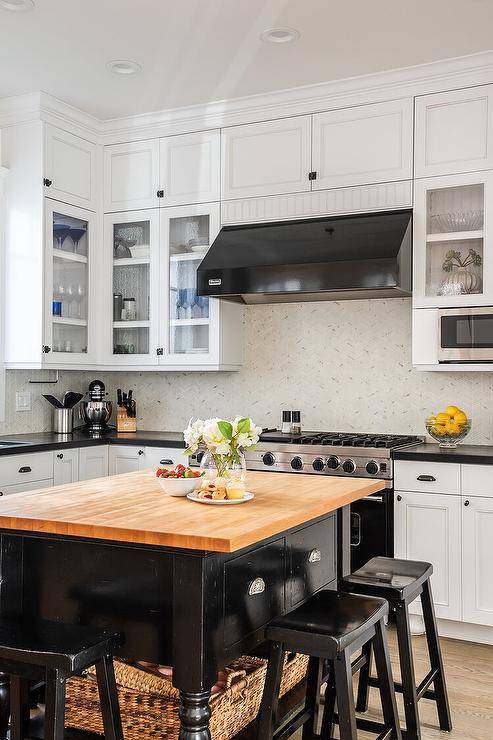
Pros
- Easy to DIY and control costs
- Can be sanded and resealed
- Long-lasting
- Can be used as a built-in cutting board
Cons
- Can absorb stains and bacteria
- Requires regular maintenance
- Swells or shrinks with seasons
- Unsealed counters must be regularly oiled
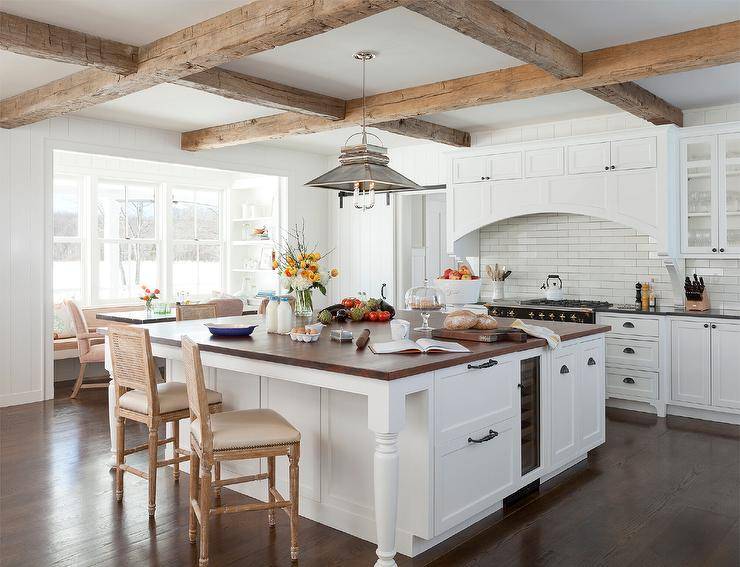
Related: Charming and Classy Wooden Kitchen Countertops
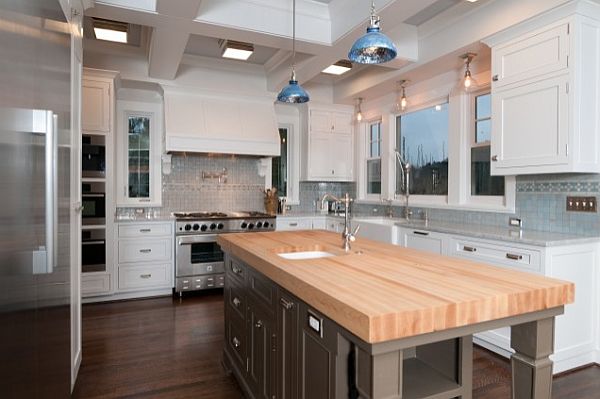
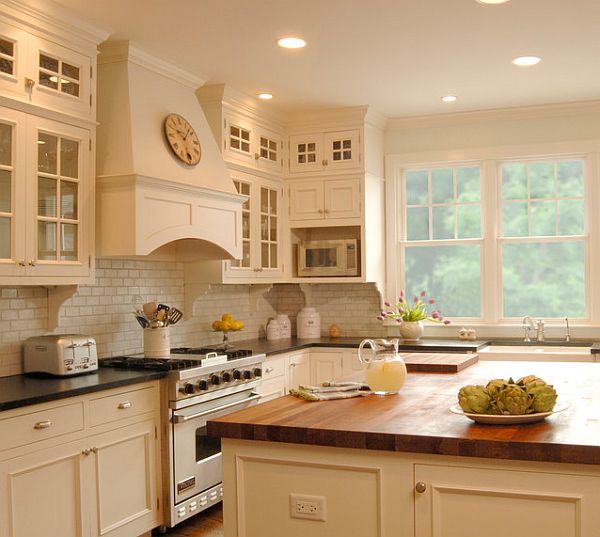
Laminate
We think laminate kitchen countertops deserve another look! This option peaked in popularity before the turn of the last century, but there are still substantial benefits to these countertops, also known by brand names like Formica.
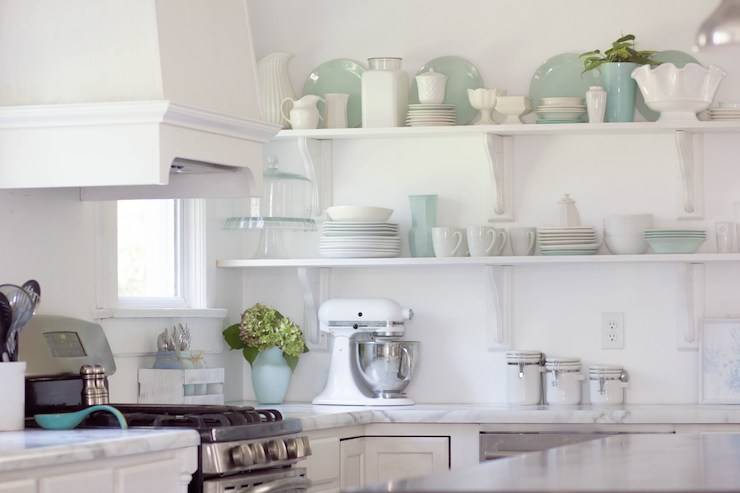
The first and most persuasive reason to consider laminate countertops is the price. Other perks include effortless maintenance, various style options, and bacteria resistance.
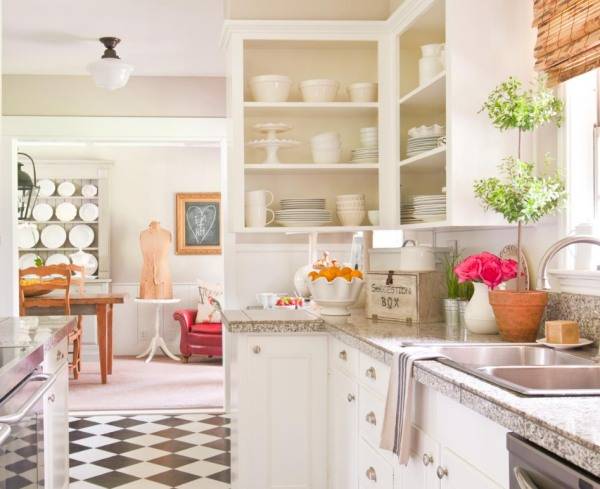
Although the non-porous material won’t stain from wine or oil spills, it certainly can chip or burn. And, of course, laminate will be out of place in a high-end kitchen. Nevertheless, it is a good option for budget-mindful homeowners, rental properties or house flips.
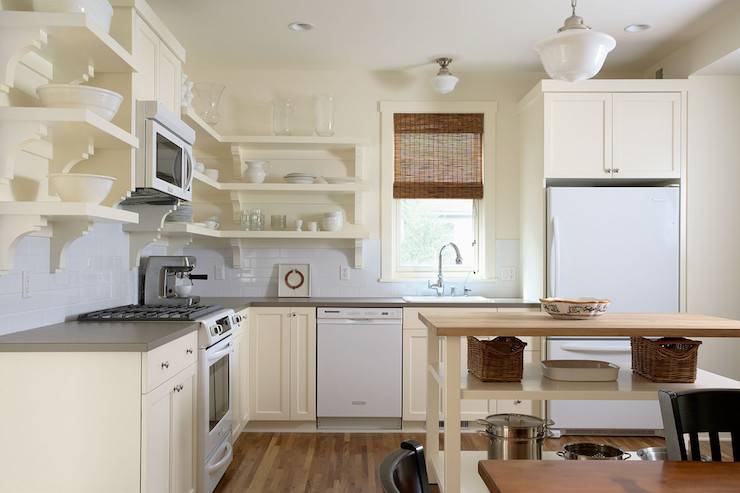
Pros
- Budget-friendly
- Relatively easy to DIY install
- Easy maintenance
Cons
- Not suitable for home value
- Not resistant to heat
- Damage is impossible to repair
- Visible seams
Quartz/Engineered Stone
If you’re looking for a countertop choice that will resist stains and does not require much maintenance, engineered stone might be your best bet. It will not become scratched as easily as other materials, and requires no sealing. However, engineered stone is also relatively expensive.
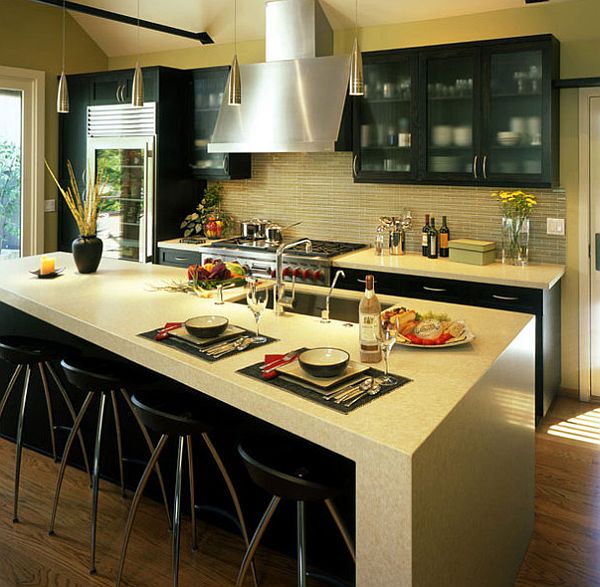
If durability and style are the foremost considerations, quartz may be the proper selection. You would have to vigorously try to scratch, stain or otherwise damage this countertop material. The non-porous material also means it will not hold bacteria or viruses. These advantages do come at a steeper cost than other countertop materials.
One misinterpretation about quartz is that it’s an entirely natural stone. This engineered stone is made from crushed quartz and resin filler. Still, quartz countertops are often seen as alternatives to granite or marble — which is less durable.
Pros
- Virtually maintenance-free
- Extensive style options available
- Very hygienic due to non-porous construction
- Doesn’t chip or crack easily
Cons
- May be sensitive to heat
- More expensive than the average material
- Heavy and difficult to DIY install
Concrete, marble and tile are also popular selections for kitchen countertops – and for good reason. They’re all beautiful and can give your kitchen a much needed update. However, when selecting a material for your kitchen countertop, just remember that you get what you pay for. The best options are also some of the most expensive because they’re built to last for several decades.
Marble
There may be no kitchen countertop material more elegant than marble, a natural stone that completes many high-end kitchens. Available in hues including whites, greys, and even greens, marble countertops have long been valued by bakers for their naturally low surface temperature.
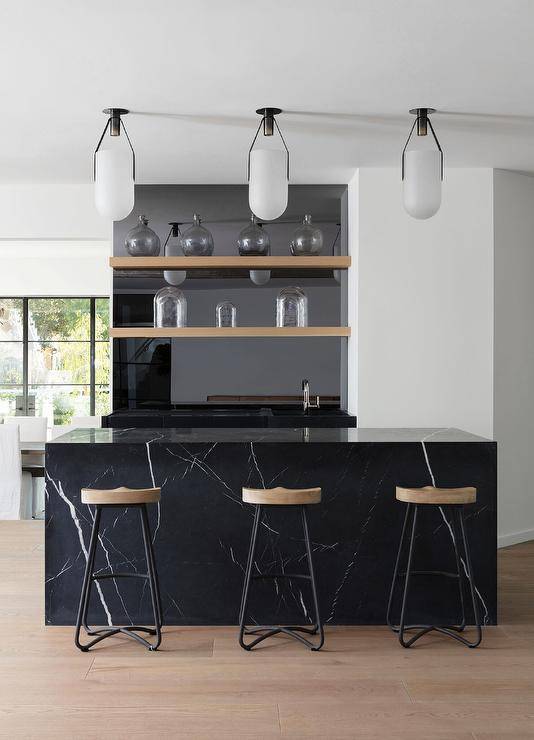
It’s probably no surprise to hear marble is going to take a big chunk out of your budget. Outside the expense, there are other significant downsides to marble, starting with the fact it’s frustratingly easy to stain and scratch.
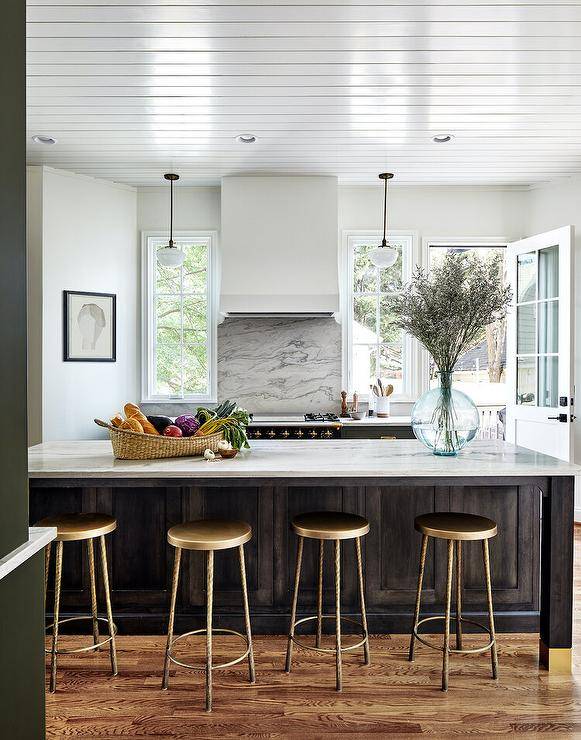
Homeowners in love with marble may find it best to use it for a portion of the countertop while using a more durable material in high-use spots.
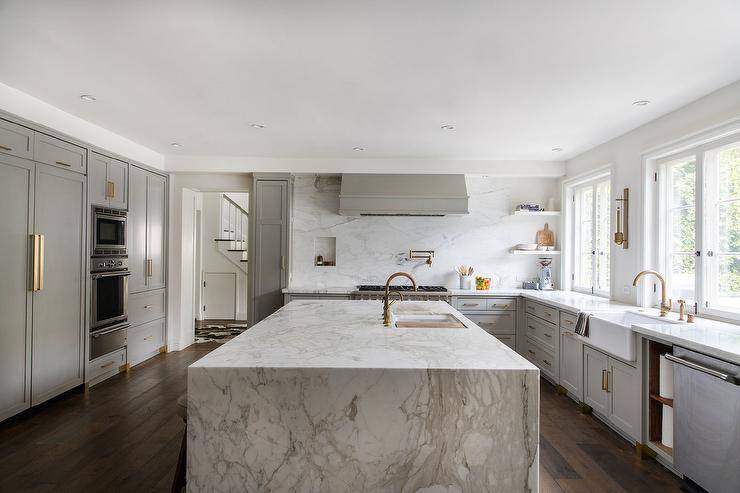
Pros
- Great for home value
- Every stone is distinctive
- Heat- and water-resistant
- Great surface for doughs and chocolate work
Cons
- Requires regular sealing
- Stains, chips, and wears easily
- Must be professionally installed
- Among the most costly options
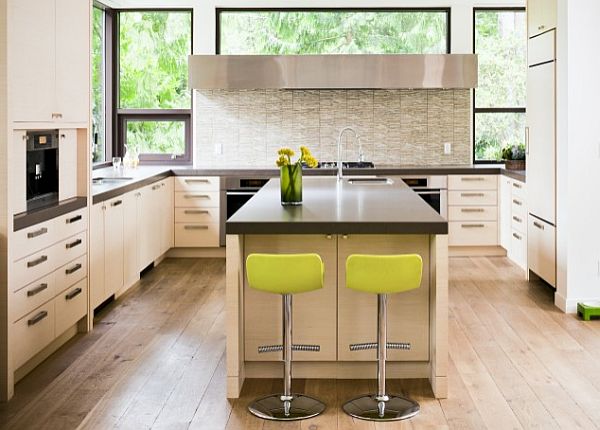
Poured Concrete
An excellent option for kitchens varying from farmhouse style to more industrially inspired, poured concrete countertops have gained favor in recent years. Concrete readily allows for tinting and decorative textures. Skilled professional installers can even incorporate pieces of tile or glass for a truly one-of-a-kind countertop.
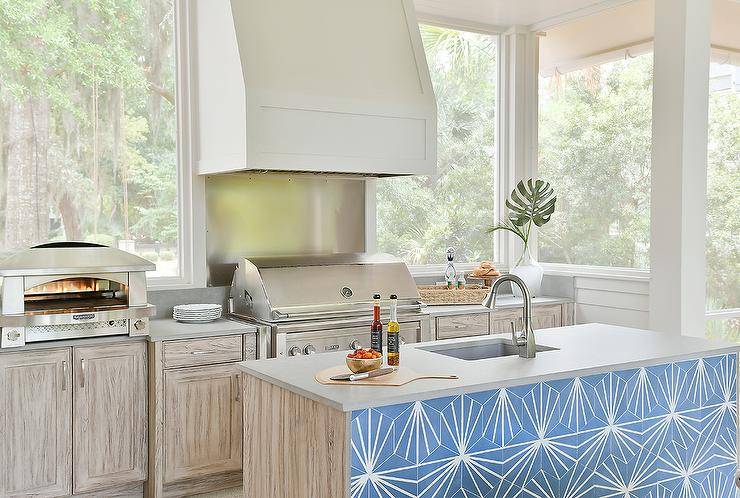
Although don’t be misled by the name — concrete may not be as budget-friendly or durable as you may suppose. Cracking is conceivable, particularly if your home’s foundation is prone to settling. DIY-ing is technically possible, but it’s safe to expect a premium price for a professional-quality job.
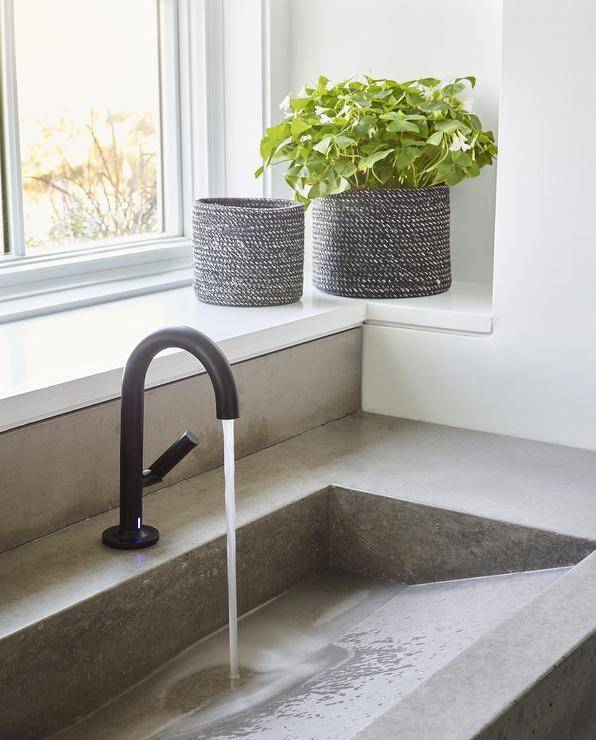
Pros
- Customizable with color, texture, and more
- Heat- and scratch-resistant
- DIY is feasible for basic designs
- A stylish and unique alternative
Cons
- Requires regular sealing
- May chip, crack, or stain
- Takes up to 28 days to dry after installation
- Custom finishes make for a high cost


